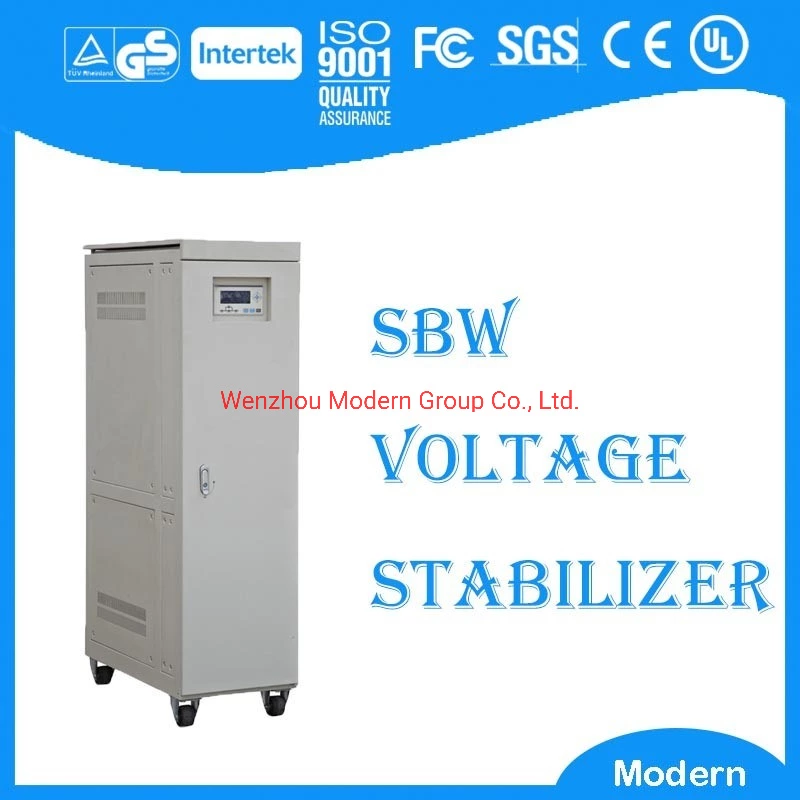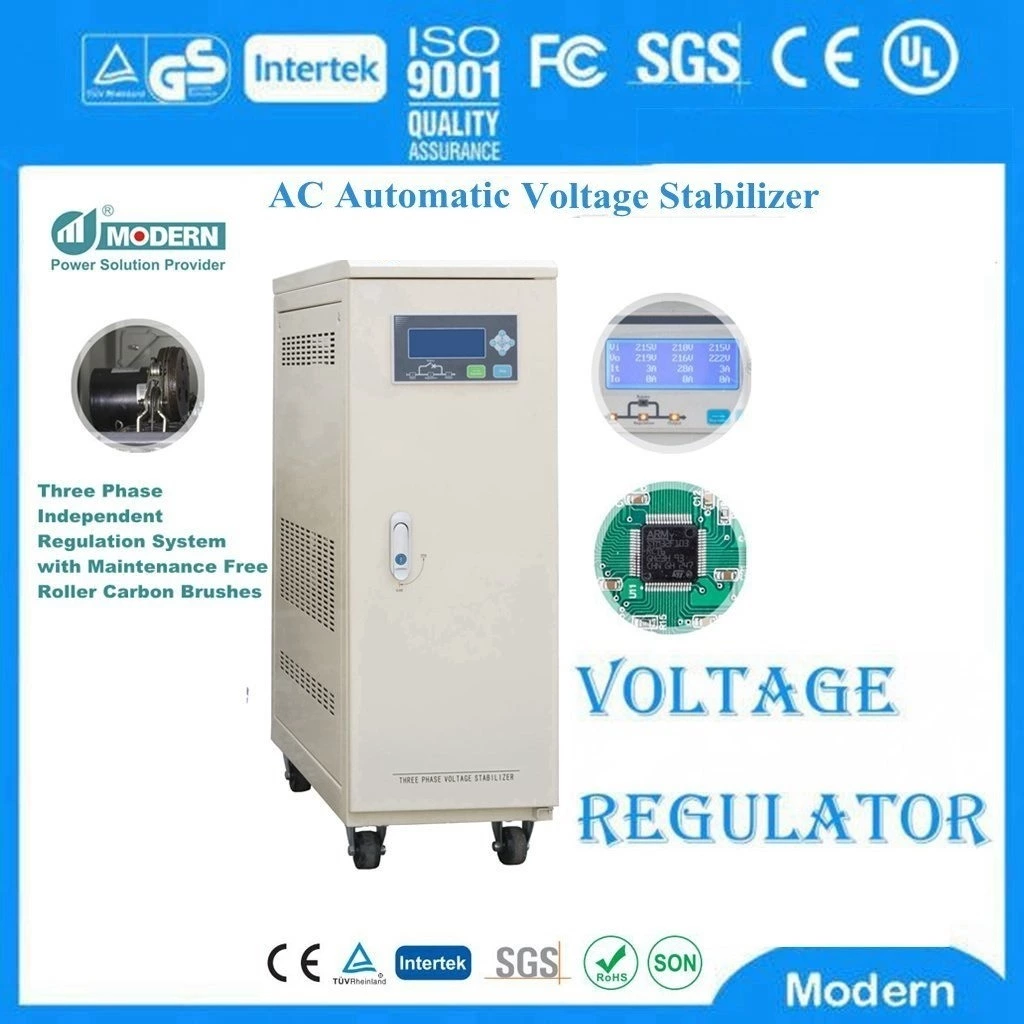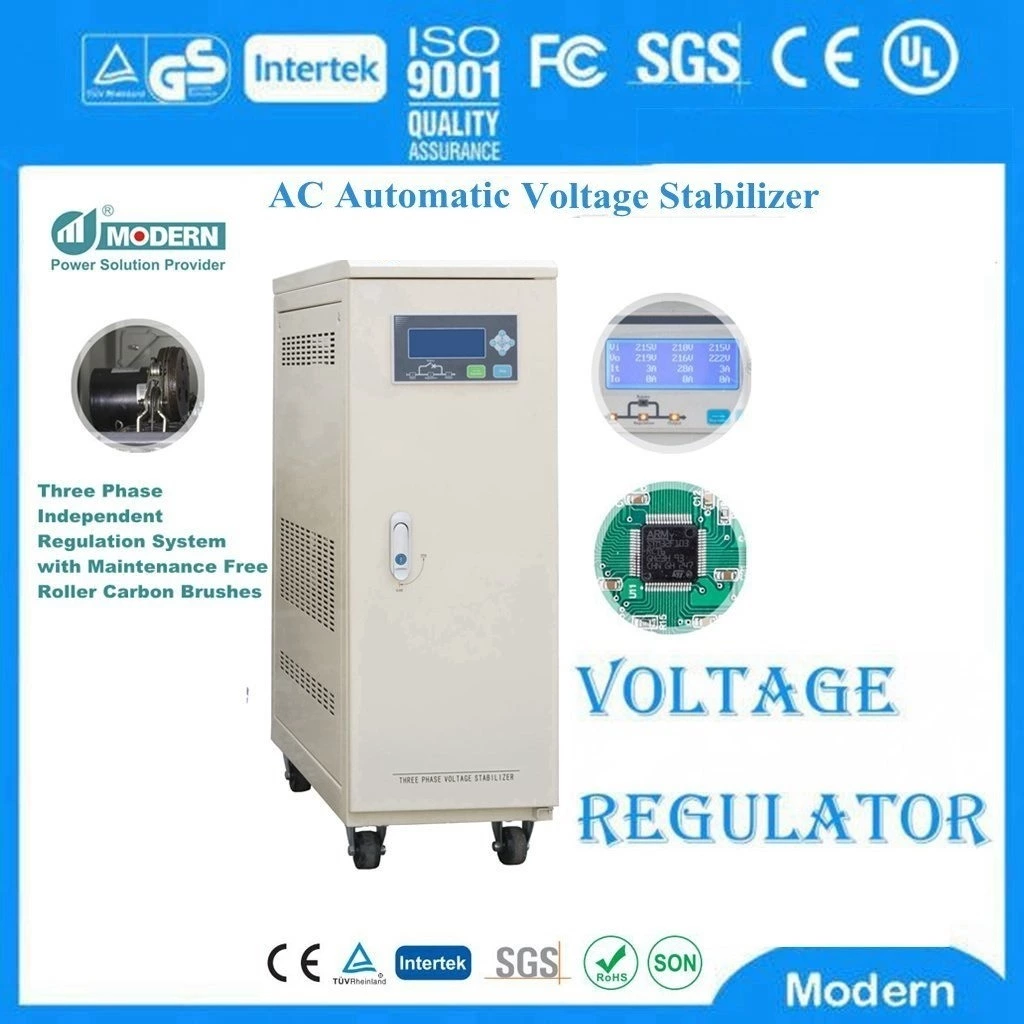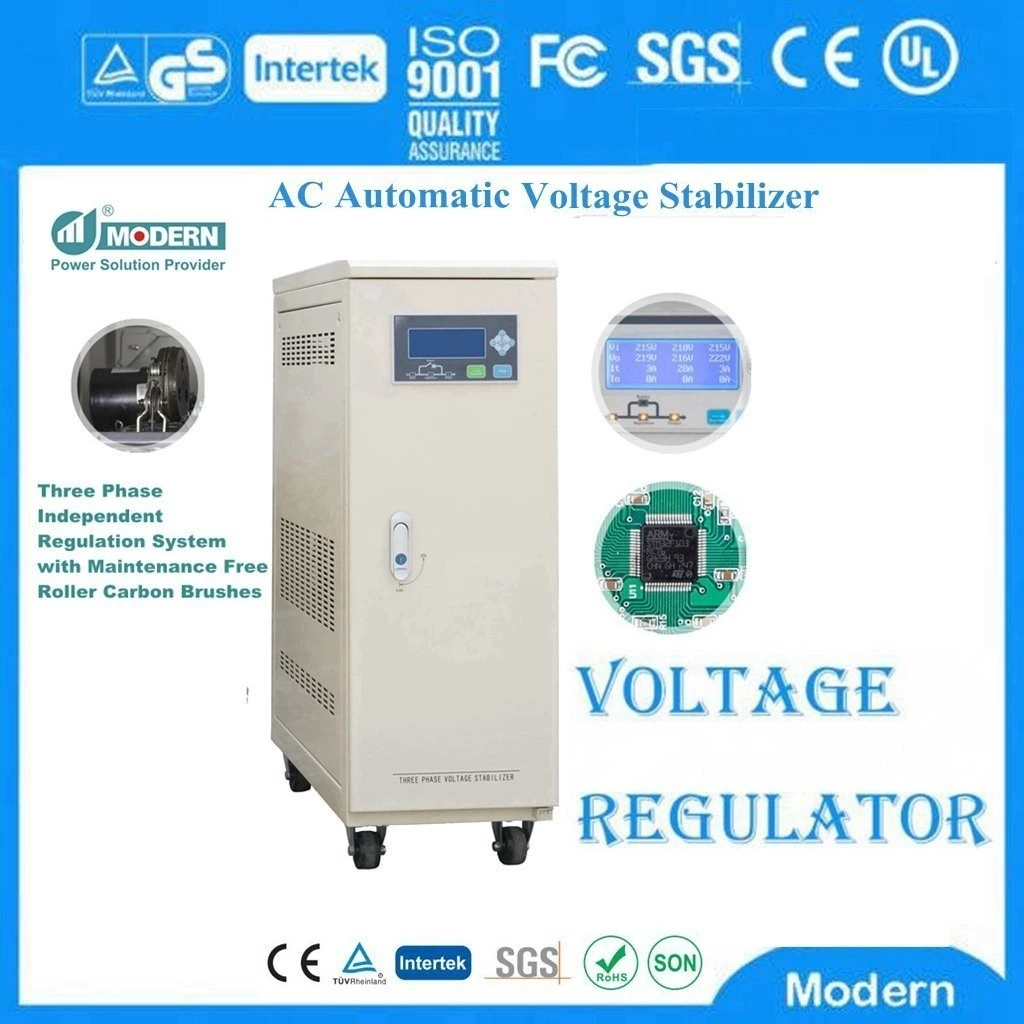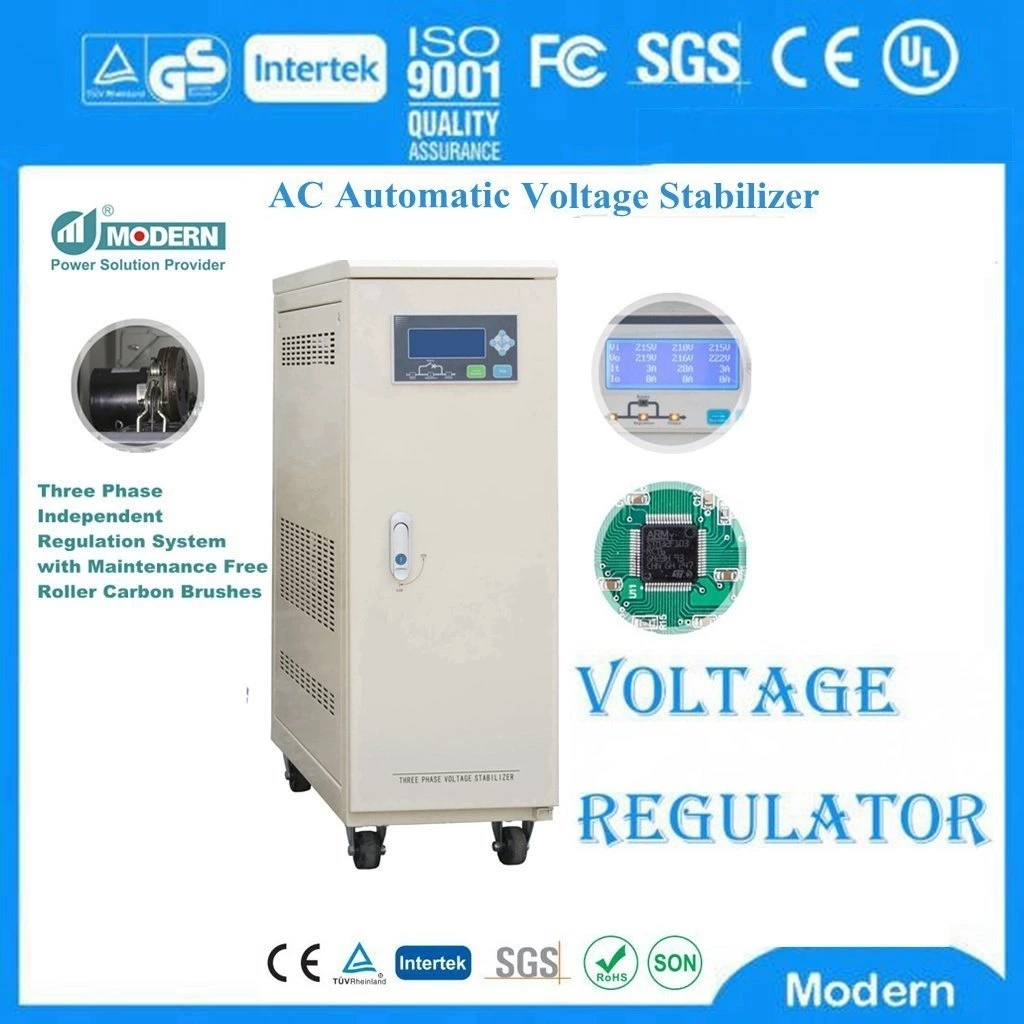Working Principle Of Dynamic Voltage Regulator
1. Working principle of Dynamic Voltage Regulator (DVR):
A dynamic voltage regulator actually connects three voltage regulator units together in a "Y" connection. Then use the control circuit board and the motor drive system to control the voltage regulator to achieve the function of stabilizing the output voltage. If the sliding arms of the three voltage regulators are driven by one motor, the voltage regulation method is a dynamic voltage regulator. If the sliding arms of the three voltage regulators are independently adjusted by three motors, the voltage regulator is a dynamic voltage regulator. Their working principles are exactly the same as those of single-phase voltage regulators.
2. The voltage regulator ensures continuous output
During the voltage regulation process, the voltage regulator changes the number of coil turns in contact by moving the carbon brush. Therefore, it is required to always keep in contact with the coil during adjustment. Otherwise, there will be a power outage.
How does the voltage regulator maintain continuous output?
1. The carbon brush **** ensures a certain thickness.
2. Before the carbon brush has completely moved away from the coil that has been in contact, the carbon brush has already contacted another turn of the coil.
3. During the movement **** crosses two turns (at least two turns)
4. There is always a short circuit between turns in the operation of the voltage regulator. The thicker the carbon brush is, the more turns there are. Therefore, the thickness of the voltage regulator carbon brush is different according to the wire diameter of the voltage regulator.
5. Because the short circuit between turns is harmful and useless, it will cause short-circuit circulation, so its size must be controlled. Therefore, the turn voltage of the voltage regulator is generally below 1V. The common high-power voltage regulator turn voltage is 0.8-0.9V, and the low-power is even smaller, generally ranging from 0.4-0.7V. If the turn voltage is too high, the stability of the voltage regulator will be worse and it is very easy to burn out.

 Русский
Русский
 Français
Français
 Português
Português
 Español
Español
 اللغة العربية
اللغة العربية
